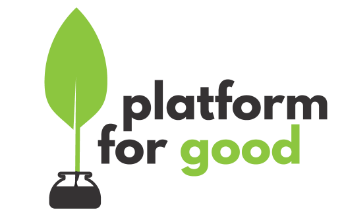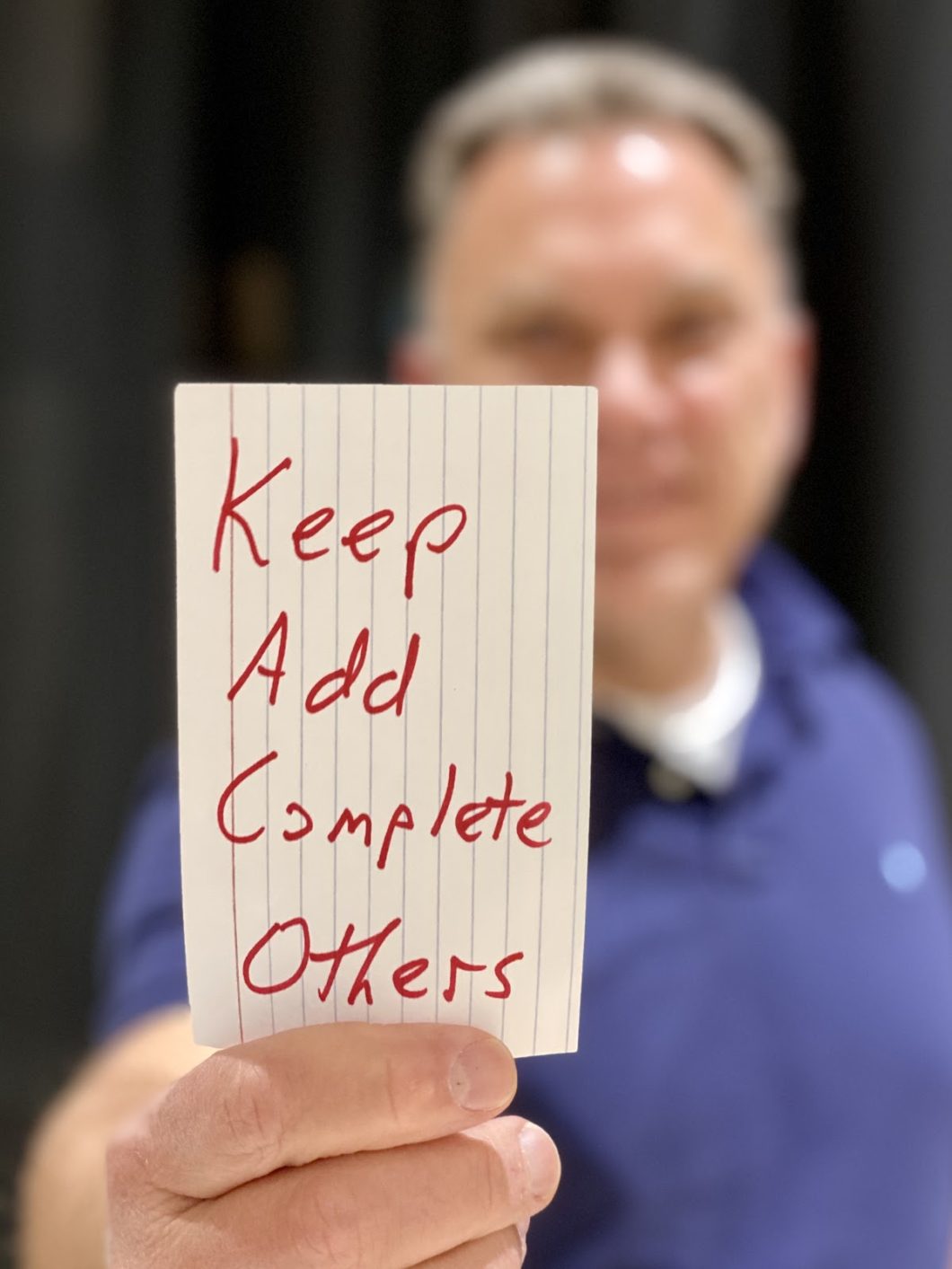If you’re building a business that provides a recurring service to customers, here’s a simple framework I used to build my Software as a Service (SaaS) business through $100m in annual revenue, an Initial Public Offering, and on to over $250m in annual revenue:
- Keep: Do something today to keep a current customer. When you wake up in the morning, ask yourself if you have anything on your schedule today that helps keep a current customer. At the end of the day, ask yourself if you did anything that helped you keep a current customer.
- Add: If you have any time left over from keeping your customers, then do some things to add a few more: prospecting, networking, hiring a salesperson, running an ad, attending an event.
- Complete: Is your product offering a “whole product” for your customer? Spend some time rounding out your product.
- Others: As you grow, eventually you will earn the right to compete as a platform company. This includes incorporating partners, or “others,” into your offering and creating an ecosystem. At the appropriate time, work on ways that others can integrate their products and services with your product and platform.
Long-term success in almost any endeavor—be it learning a new language or building a company—is the result of consistent effort. Below, I’ll walk you through how I used this framework—Keep, Add, Complete, Others—to maintain focus, dissect critical financial decisions, and effectively communicate with my team.
It Helps You Personally
When I started my business, I had a lot of ideas, hopes, dreams, and fears, and as the business grew and we added more employees and customers, all of those things expanded dramatically.
I found I needed some sort of anchor to return to each day to see if I was on track or if I was drifting. It took me a few years but eventually I realized that if I only did one thing in any given day, and that one thing was keeping a customer, then we would at least survive as a company.
In my business, a software as a service model, we sold subscriptions to corporations to have their employees use our software to enroll and update their employer-provided benefits. Our customers paid a monthly subscription fee based on the number of employees they had. So if we kept our customers, we knew we had at least a base of revenue the following month.
The word Keep stimulated very practical ideas that I was able to act on regularly. For example, I would pause and ask myself if I was doing any Keep activity that day. If not, I could simply grab a notecard and write a thank you note to a current customer. Or I could walk over to our customer success folks and ask them for a recommendation of a customer to call. I would then call the customer and thank them and offer to help if they needed something.
This 3×5 card, in my own handwriting, served as a positive, consistent reminder of what was important for us to survive and then grow. I relied on it constantly and never outgrew the need for it, which I take to mean it was valuable and enduring.
It Guides Your Financial Decisions
It always amazed me to see how the financial needs of the company grew each and every year. Thankfully, our company’s revenue also grew every year, but even with our consistent revenue growth, every budget cycle there were more and more requests for funding for “critical projects.”
As I evaluated budgets to decide which new products to develop and what new markets to enter, I needed a consistent and reliable test to bounce them off of. The Keep, Add, Complete, and Others framework guided me and our team through many difficult financial decisions over the years.
It even helped me know when to do an Initial Public Offering and raise a bunch of capital. As our company approached $100m in annual revenue, I could feel that we were ready for the Others component of the strategy. We were fantastic at keeping our customers, we had figured out how to reliably add more customers, and our product was well rounded and leading our industry.
I felt it was time to create a big ecosystem of partners who could extend, implement, and even sell our product. This is the ultimate step in building a SaaS platform business, and I knew it would take time and resources. I also knew these established companies would only want to partner with a public company, as it was a sign that we were indeed leading our industry and big enough to organize an ecosystem.
However, on the flip side, when our company was doing $5m, $10m, $25m, even $50m in annual revenue, I paid almost no attention to the ecosystem or Others component because I knew we were not ready for it. I knew we needed to perfect Keep and Add on our own.
It Provides a Common Language for Your Team
As the leader of your company (or team), you have an enormous responsibility to communicate effectively to everyone who works for and with you. You want every available tool and aid to make your communications understood and lasting.
Sociologists have ascertained that a common language is crucial for societies to grow and flourish. Your company is no different. It is a society. It has a culture. It needs a language.
If you do not define parts of the language, it will develop on its own out of necessity.
Keep, Add, Complete, Others is a wonderful set of words to make your communication effective across a large group of people.
For example, you may have a key customer going through some difficult issue. Naturally, your best and most passionate people will be drawn to help get things back on track. However, if you have everyone, or at least most people, focused on Keep, then you will neglect Add and Complete.
I taught classes on the concept of Keep, Add, Complete, and Others. I had people write out in their own handwriting the words on 3×5 cards. People had multiple cards, often tapped to their workstation.
In a critical moment, it is very effective to pull your team together and acknowledge that you have an issue that needs to be addressed. But you also need to keep activity going on in other areas. We would break into groups for Keep, Add, Complete, or Others. Everyone could see the people who were going to work on each aspect of the strategy and know that someone had the other areas covered.
It was a language that lent itself to easy organization during times of stress. It helped people know what to focus on, and more importantly, it assured them that other areas were not being neglected.
That assurance is not only comforting to your team, but it can also be enormously beneficial to your own sanity. At night, when my brain would race a million miles an hour and fear would creep in and begin to paralyze me, I would use this framework to calm myself down, align my schedule, and focus on the key elements of our survival. That survival then turned into massive growth as we continued to focus on Keeping our current customers, Adding some more, making our products Complete, and ultimately building a platform for Others to extend via a network effect.

